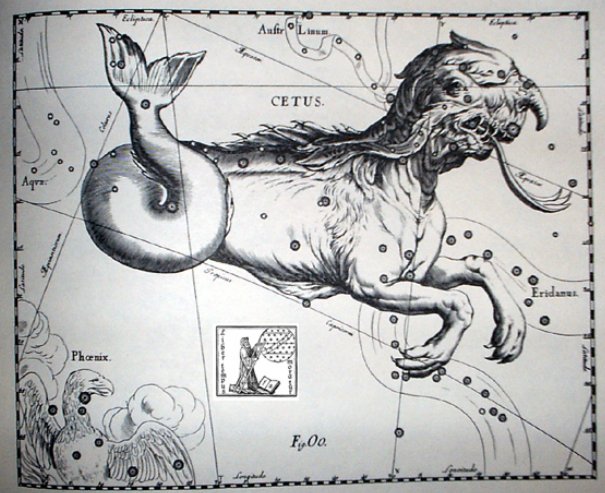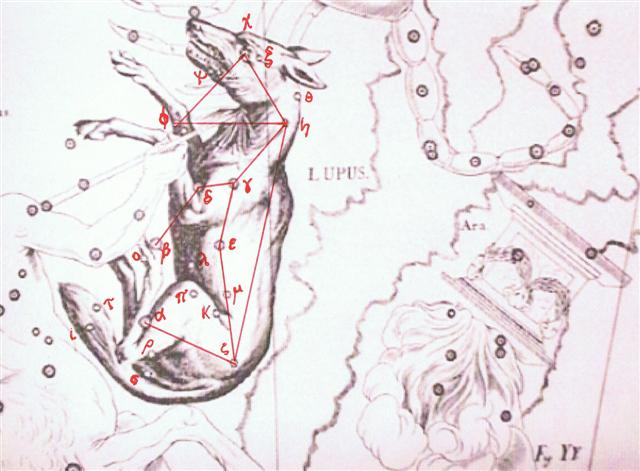|
October 10 |
11 (284) |
12 |
 |
 |
 |
|
Cb8-6 (569) |
Cb8-7 |
Cb8-8 |
|
vero hia |
tagata
honui |
e ha mata |
|
Chitra-14 /
Horn-1 /
T3 |
71 Virginis
(203.6) |
Heze (205.0) |
|
SPICA, Alcor (202.7) |
|
April 12 |
13 (468) |
14 (104) |
|
no star listed |
Achernar (23.3) |
no star listed |
|
October 13 |
14 |
15 (288) |
 |
 |
 |
|
Cb8-9 (572) |
Cb8-10 |
Cb8-11 |
| te
hokohuki - ma te maro |
te
hokohuki ma te maro |
ka ke te
manu ki te maro |
|
ε Centauri
(206.3) |
no star listed |
τ Bootis
(208.2),
Benetnash (208.5) |
|
April 15 |
16 (471) |
17 (107) |
|
no stars listed |
Al
Sharatain-1 / Ashvini-1 /
Bond-16 |
|
Polaris, Baten Kaitos (26.6), Metallah (26.9), Segin,
Mesarthim, ψ Phoenicis
(27.2), SHERATAN, φ
Phoenicis (27.4) |
|
October 16 |
 |
|
Cb8-12 (575) |
| Te ariki |
|
ν Centauri
(208.7), μ Centauri, υ Bootis (208.8) |
|
April 18 (108) |
|
ι Arietis (28.0), λ Arietis
(28.2) |
|
October 17 (290) |
18 |
19 |
20 |
21 |
 |
 |
 |
 |
 |
|
Cb8-13 |
Cb8-14 |
Cb8-15 |
Cb8-16 |
Cb8-17 (580) |
|
hokohuki |
te inoino |
te
hokohuki |
te inoino |
te vai noho |
|
Muphrid
(210.1), ζ Centauri (210.3) |
φ Centauri
(211.0), υ¹ Centauri (211.1) |
υ² Centauri
(211.8), τ Virginis (211.9), Agena (212.1). θ Apodis
(212.5) |
14h (213.1) |
no star
listed |
|
Thuban
(212.8), χ Centauri (213.0), Menkent (213.1) |
|
April 19 |
20 |
21 |
22
(477) |
23
(113) |
|
Alrisha, χ Phoenicis (29.2) |
2h (30.4) |
no star listed |
η Arietis (31.9) |
θ Arietis (33.3) |
|
Alamak
(29.7), κ Arietis (30.3), Hamal (30.5) |
|
October
22 |
23 |
24 |
25 |
26 |
27 (300) |
 |
 |
 |
 |
 |
 |
|
Cb8-18 |
Cb8-19 |
Cb8-20 |
Cb8-21
(584) |
Cb8-22 |
Cb8-23 |
| te
nuku |
te henua ma te nuku |
koia ia |
kua
haga ia - kua huki |
koia ra - tona mea |
|
Svāti-15
/
Neck-2
/
A3 / T6 |
Al
Ghafr-13 |
ψ
Centauri (216.6), ε Apodis (216.8) |
Asellus
Primus (217.8), τ Lupi (218.1) |
φ
Virginis
(218.7), σ Lupi (219.1), ρ Bootis (219.5) |
Haris
(219.7). σ Bootis (220.2), η Centauri (220.4) |
|
Asellus
Tertius,
κ
VIRGINIS,
14
Bootis (214.8), 15 Bootis (215.2)
ARCTURUS (215.4),
Asellus Secundus (215.5) |
SYRMA,
λ Bootis (215.6), η Apodis (215.8), ι Lupi, 18
Bootis (216.3), Khambalia (216.4), υ Virginis
(216.5) |
|
April 24 |
25 (115) |
26 |
27 |
28 (483) |
29 |
|
Mira
(33.7) |
ξ Arietis (35.0) |
no
stars listed |
ν Arietis (38.5) |
μ Arietis (39.4) |
|
October 28 |
29 |
30 |
31 (304) |
November 1 |
2 |
 |
 |
 |
 |
 |
 |
|
Cb8-24 |
Cb8-25 |
Cb8-26 |
Cb8-27 |
Cb8-28 |
Cb8-29 (592) |
| te maitaki |
kua hua te
kahi |
te ahine
poo puo |
ki te huaga |
ma te tara
huki |
te kahi |
|
ρ Lupi (221.0),
Toliman (221.2) |
π Bootis
(221.8), ζ Bootis (221.9), 31 Bootis (222.0), Yang Mun
(222.1), Rijl al Awwa (222.5) |
ο Bootis
(222.9), Izar (223.0), α Apodis, 109 Virginis (223.3) |
Zuben Elgenubi
(224.2), ξ Bootis, ο Lupi (224.5) |
Kochab (225.0) |
Ke Kwan (226.3),
Ke Kwan (226.4) |
|
April 30 |
May 1 |
2 |
3 (123) |
4 |
5 (490) |
|
Head of
the Fly (39.6), Kaffaljidhma (39.8), ο Arietis
(40.0), Angetenar (40.2) |
Bharani-2 /
Stomach-17 |
ς Arietis, τ² Eridani (41.7) |
ρ Arietis (43.0) |
Acamar (43.6), ε Arietis (43.7) |
Menkar (44.7) |
|
Right Wing
(40.9), π Arietis (41.2),
Bharani (41.4) |
Menkar (α
Ceti, at the nose of the Sea Beast) rose with
the Sun in May 5 (5-5, 125 = 5 * 5 * 5). This
was probably an ancient Spring Sign north of the
equator (and maybe also south of the equator for
those who payed attention to the path of the
Moon):

In the night and close to the Full Moon the Centaur was defeating the
Winter Wolf:

There is a dot in front in Cb8-25 (kua hua te
kahi) which apparently is there in order
to mark May 1 or heliacal Bharani. The kahi 4 days later is also a rising fish
which with its tail allows light from the front side in, and the text now
may appear to
have shifted from the lower to the higher register. But the pair of
Fishes could rather refer to the pair of Moon faces and the light in front
could be the reflection of Sun light on her faces.
The central star between the pair of rising fishes is ρ Arietis (43.0)
in day 123:
|
Sumerian
SAG |
 |
Phoenician
resh |
 |
Greek rho |
Ρ(ρ) |
|
... Resh (Arabic:
rāۥ)
is the twentieth letter of many Semitic alphabets,
including Phoenician, Aramaic, Hebrew ... The word
resh is usually assumed to have come from a
pictogram of a head, ultimately reflecting Proto-Semitic
*raۥ(i)š-.
The word's East Semitic cognate, rēš-, was one
possible phonetic reading of the Sumerian cuneiform sign
for 'head (SAG). |
|










